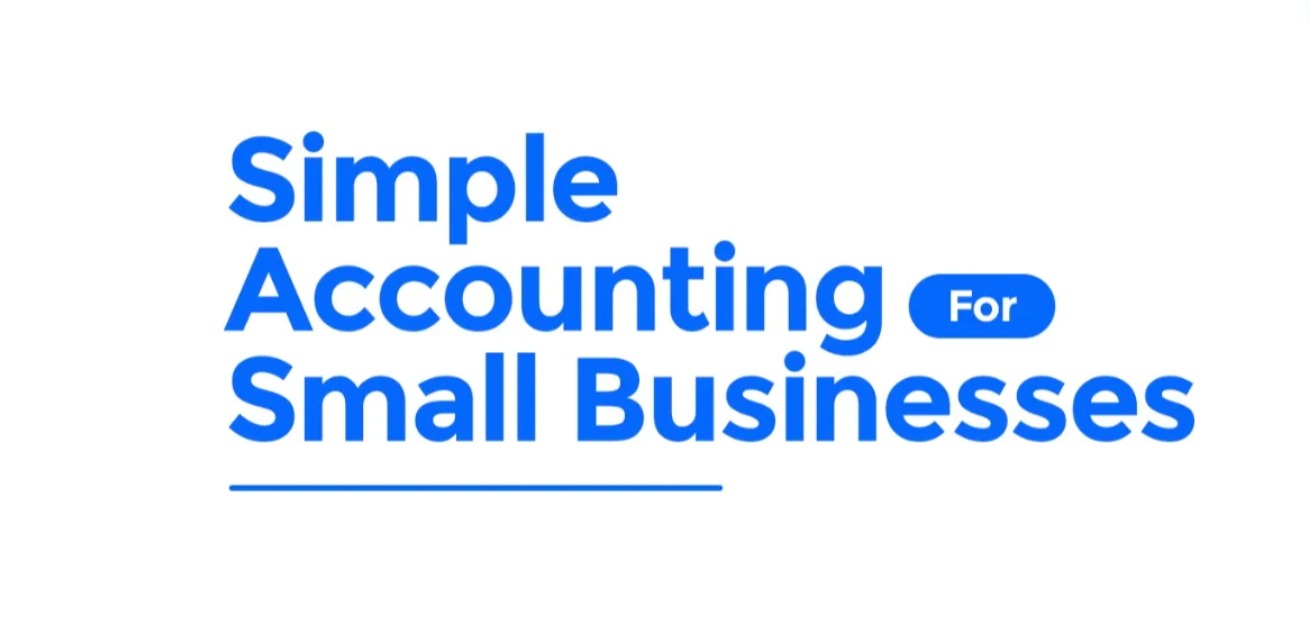
Some entrepreneurs, creators, and product leaders are convinced they have developed a product that meets customer needs, believing they have achieved product-market fit. However, they often experience slow growth, which can be frustrating. It’s disheartening to see potential customers in your target market unwilling to pay for or even use your product at no cost. If you have ever launched a product that addresses genuine problems and is priced appropriately, you would realise one important truth: adoption is not guaranteed.
Zoom was founded in 2011 and officially launched in 2013. The platform addressed several key issues: it reduced the costs associated with physical meetings and saved users a significant amount of time. Zoom was a product that truly met customer needs, and it even offered a free version, making it seem almost too good to be true. It was a remarkable solution, allowing users to hold meetings with many participants and share slides seamlessly.
However, it took the COVID-19 pandemic for the world to fully recognise Zoom’s potential. Despite its clear advantages, Zoom’s adoption by the corporate world was not guaranteed, and its founder, Eric Yuan, and his team realised this early on. In December 2019, Zoom had 10 million daily users. By April 2020, amid the pandemic, that number skyrocketed to 300 million daily users.
Opay and its competitors have made several attempts to promote POS systems as viable alternatives to ATMs. However, similar to how people often preferred expensive and time-consuming physical meetings because of the human touch, potential customers tended to bypass nearby POS operators and travel to distant ATMs. They did this to save on withdrawal fees and avoid handing their debit cards to strangers, as they were uncomfortable with others knowing how much they were withdrawing or any details about their finances.
It wasn’t until the COVID-19 pandemic that many individuals began using POS services, primarily because banks struggled to keep their ATMs stocked with cash. Although POS operators increased their rates, frustrated customers, faced with empty ATMs, were compelled to try POS services. Once they experienced the convenience and ease of using POS systems, their initial fears faded. The rationale for preferring the lower ATM fees became irrelevant. Given that POS agents were more accessible, customers recognised the long-term benefits of using POS, realising that the time and money saved outweighed any service fees.
Many snacks sold in Nigerian traffic would not be purchased if there were no traffic. These snacks have evolved from being merely “traffic snacks” to everyday snacks after customers had the chance to experience them. The widespread adoption of foreign religions in Africa was significantly influenced by colonialism. Similarly, languages such as English, Spanish, and French would not be prevalent in Africa without colonial influence.
Adoption often occurs due to external or internal factors that compel it. Events like COVID-19, traffic congestion, and colonial history serve as external factors that have driven the adoption of technology, religion, sales practices, and language expansion. In essence, building a sustainable product that meets the needs of the people does not guarantee that people will adopt your product or service
Uber became a global success by ensuring that people had a positive experience with their service. Traditionally, most people wouldn’t enter a car with a stranger unless it was a yellow taxi. However, Uber used two key strategies to build customer trust: offering free rides and employing well-paid salespeople.
This wasn’t simply a product that could be sold online; they needed to instil trust among potential riders. To do this, they employed hundreds, even thousands, of salespeople to give out free rides and earn commissions. They took it a step further: if you enjoyed your free ride and wanted another, all you had to do was refer a friend for a free ride, and you would receive one too.
Most of their online marketing focused on brand promotion rather than directly driving sales or acquiring new riders. They created their own internal force to pursue these strategies aggressively, leading to their eventual success.
While there are many stories about both external and internal factors that drove adoption, the lesson is clear: you need to actively promote your product, especially when you believe it has a good product-market fit. Only then will you achieve widespread adoption. Keep pushing until your product is adopted.
***
Feature Image by Ketut Subiyanto for Pexels
The post Smart Emmanuel: Why Great Products Alone Don’t Guarantee Adoption appeared first on BellaNaija - Showcasing Africa to the world. Read today!.

 2 hours ago
4
2 hours ago
4








.png)









 English (US) ·
English (US) ·